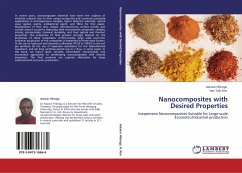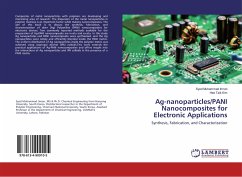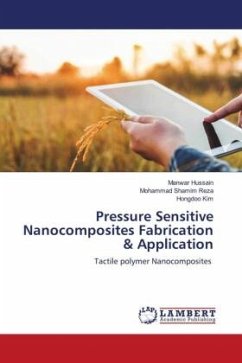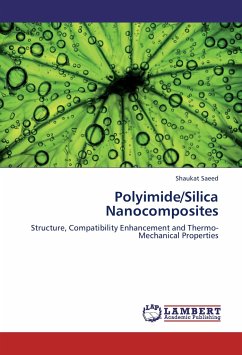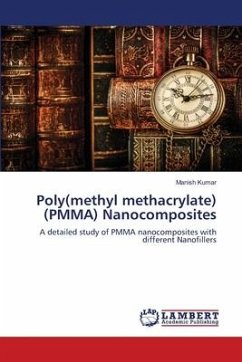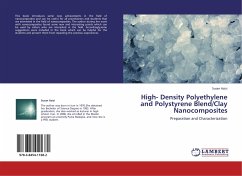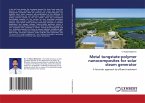In recent years, nanocomposite materials have been the subjects of intensive research due to their unique properties and numerous potential applications in heterogeneous catalysis, high-k dielectric materials, optical wave guides, paints, antibacterial agent, and fillers for thin paper. Manipulation of their sizes, shapes, microstructures, surface activity, and surface areas is crucial to improving their characteristic properties: catalytic activity, photoactivity, chemical durability, and their optical and thermal properties. The properties of final product strongly depend on the properties of these composites. Unfortunately, large scale economic industrial production of the composites is hampered by three main factors: (i) the use of high-cost and hazardous alkoxides (TEOS or TMOS) in the sol-gel synthesis (ii) the use of expensive autoclaves for the hydrothermal treatment, and (iii) long synthesis period (up to 7 days, in some cases). In this book, we report rapid, versatile, controllable, reproducible, and economical approaches to synthesizing nanocomposites with desired properties. The final products are superior alternative for large scale/industrial economic production.
Bitte wählen Sie Ihr Anliegen aus.
Rechnungen
Retourenschein anfordern
Bestellstatus
Storno

